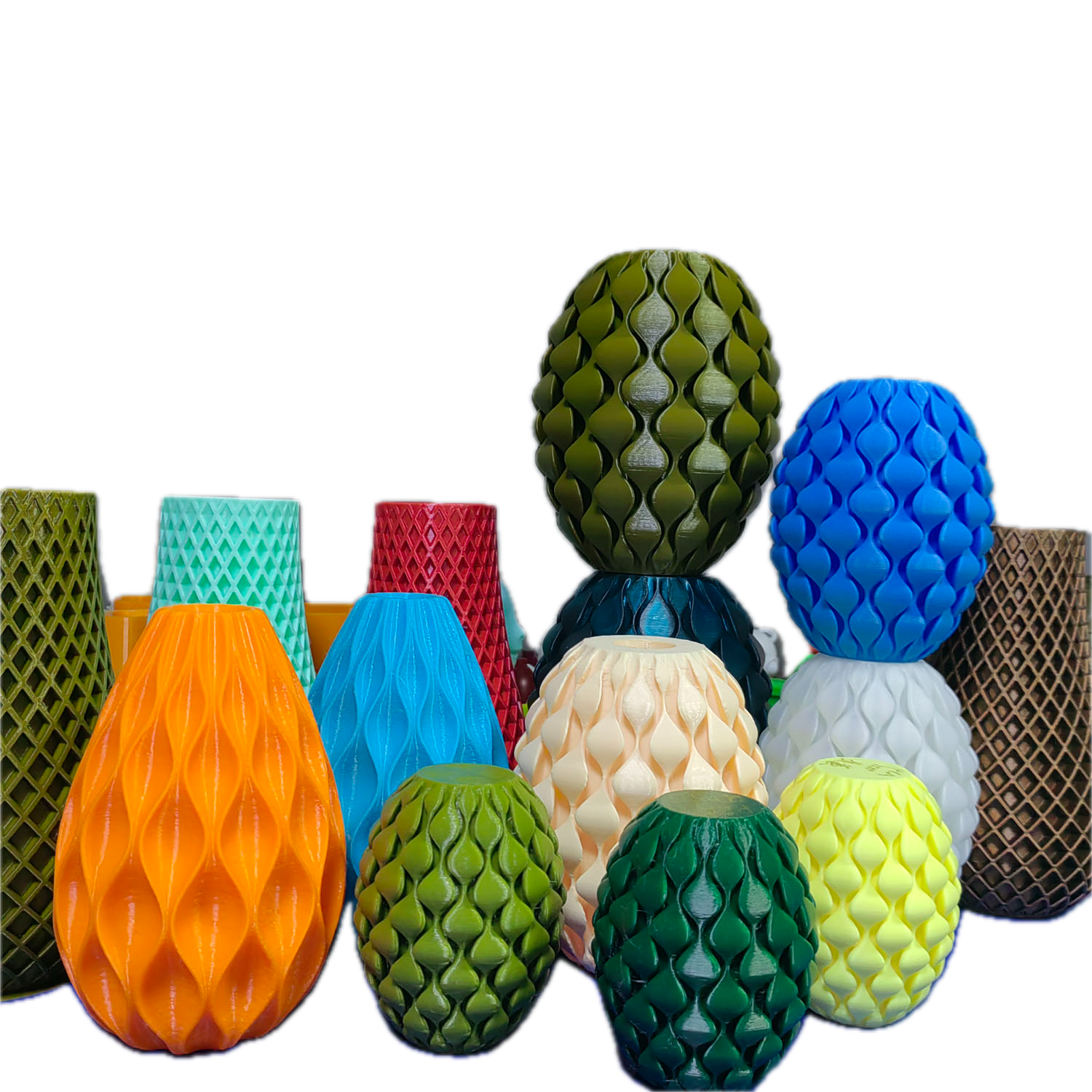
Does Filament Expire? How to Store 3D Printer Filament Properly
Share
Does Filament Expire? How to Store 3D Printer Filament Properly
Everything Aussie Makers Need to Know About Keeping Filament Fresh
When you buy a roll of 3D printer filament, it feels like it’ll last forever—until it doesn’t. Prints start failing. Layers don’t stick. You hear odd popping sounds mid-print, and suddenly, you’re wondering: does filament expire?
If you’re an Aussie maker dealing with failed prints, weird textures or fragile parts, moisture or poor storage might be the culprit. In this guide, we’ll answer whether 3D printing filament actually “goes bad”, and how to store your spools properly—especially in Australia’s humid climate.
🔎 So… Does Filament Expire?
Technically, 3D printer filament doesn’t “expire” like milk, but it can degrade over time. Most filament is made from hygroscopic plastics—meaning they absorb moisture from the air. Once enough moisture builds up, it begins to affect the quality, strength, and printability of your filament.
Common Signs Your Filament Has Gone Bad:
- Brittle or snapping filament
- Stringing or blobbing during prints
- Poor layer adhesion
- Bubbling or popping sounds as it extrudes
- Surface imperfections or rough textures
Once these signs appear, it’s likely your filament has absorbed too much moisture or has been exposed to heat, dust or UV light.
🌧️ Australia's Climate: A Filament Killer?
Australia’s climate can be brutal on filament. Whether you’re printing in your shed in Brisbane or a home office in Melbourne, temperature and humidity fluctuations can ruin a spool quicker than you’d expect.
High humidity is common along the east coast, and filament stored in open air can soak up moisture fast—even within a few days. That’s why proper storage is essential to keep your filament performing like new.
🧵 Which Filaments Are the Most Sensitive?
Some types of filament degrade faster than others. Here's how common types stack up:
| Filament Type | Moisture Sensitivity | Notes |
|---|---|---|
| PLA | Moderate | Can go brittle over time. Still sensitive to humidity. |
| PETG | High | Absorbs moisture quickly. May bubble when printing. |
| ABS | Low to Moderate | Less sensitive, but still affected over longer periods. |
| Nylon | Very High | Extremely hygroscopic. Needs airtight storage always. |
| TPU | High | Flexible but absorbs water rapidly. Becomes stringy when wet. |
So yes—all filament types can degrade, but PETG, TPU and Nylon are especially vulnerable if not stored correctly.
📦 How to Store Filament Properly
Good storage isn’t complicated, but it makes a huge difference. Here’s how to keep your filament in top condition:
1. Use Airtight Containers
Store your spools in sealed plastic tubs or clip-lock storage boxes. Add some silica gel packets to absorb moisture. For even better results, use vacuum-sealed bags designed for filament.
Tip: Storage containers from Bunnings or Kmart work well—just make sure they seal properly.
2. Add Silica Gel or Desiccants
Silica gel is your best mate when it comes to keeping filament dry. Place several packets in each container. If they change colour (from orange to green or blue to pink), it’s time to dry or replace them.
3. Keep It Out of Direct Sunlight
UV rays can degrade filament and fade colours—especially PLA. Store spools in a cool, dark cupboard or drawer away from windows.
4. Label the Date You Opened It
Stick a label on each spool noting the date opened. This helps you track how long it’s been out in the open air, and which ones to use up first.
5. Avoid Storing Near Heat Sources
Don't leave spools near heaters, windows or in a hot shed. Excessive heat can soften the filament, warp spools, or make it brittle over time.
💨 What If My Filament Feels Damp?
If you suspect your filament has absorbed moisture, don’t bin it just yet—you can dry it out.
🔥 How to Dry 3D Printer Filament
There are a few ways to dry your filament and restore its print quality:
✅ Use a Filament Dryer
Filament dryers are purpose-built to heat spools gently and evenly while reducing moisture. They’re the easiest and safest method.
✅ Use an Oven (Carefully)
Set a conventional oven to 40–50°C and bake your spool for 4–6 hours. Use a thermometer and make sure your oven is accurate—too much heat can melt or warp the filament.
✅ Use a Dehydrator
A food dehydrator also works well, especially for smaller spools. Just make sure it has adjustable temperature controls.
⚠️ Never exceed 60°C for PLA or PETG. Higher temps can cause deformation or ruin the spool.
🛠️ How Long Does Filament Last in Storage?
If stored properly, filament can last 12–24 months or longer without any noticeable issues. Here’s a rough guide:
| Storage Type | Lifespan Estimate |
|---|---|
| Open air (humid) | 1–4 weeks |
| Sealed box w/ silica | 6–12 months |
| Vacuum-sealed bag | 1–2 years (or more) |
| Filament dryer (stored) | Ongoing if maintained |
The key is to minimise moisture exposure from the day you open the spool.
✅ Final Thoughts
So—does filament expire? Not in the way food does, but yes, it can absolutely go bad if it’s not stored correctly.
In Australia, with our changing weather and humidity levels, smart storage is essential. If you want consistent, clean prints without wasted time or money, look after your filament like any other valuable tool.
🔗 Need Fresh Filament?
At Zextrude, we supply high-quality PLA, PETG, and more—packed and shipped with care across Australia. All our spools are vacuum-sealed with desiccants, so you get the best performance straight out of the box.
👉 Browse our filament range now and keep your prints on point.

